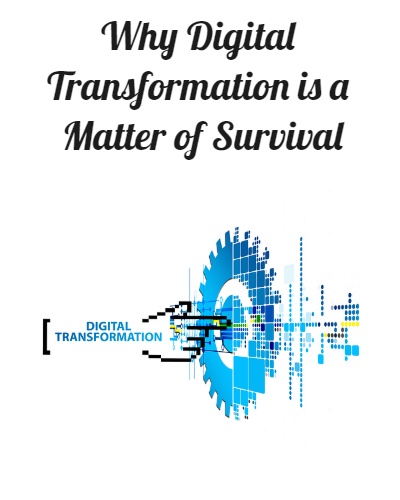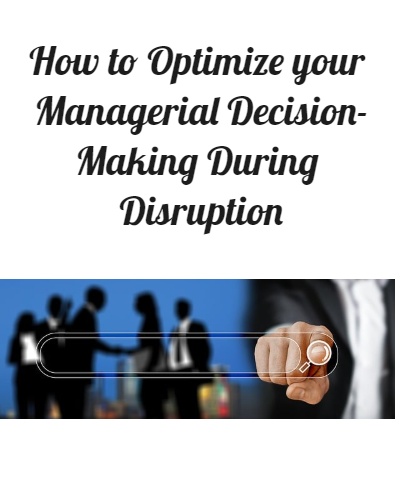Digital transformation isn’t about evolving your business and company culture slowly – it’s about adapting, surviving, and thriving.
Digital transformation has been the focus of many businesses as we collectively move through the COVID-19 pandemic and adapt to new working styles. Most new technological adoptions at the workplace have been to increase productivity, manage accountability, and a better transition to effective remote work.
Despite digital transformation appearing as linear in this COVID-19 example, this pattern shouldn’t be thought of as the norm. As digital transformation and technology become more commonplace, digital transformation can be a “mass extinction” event for businesses. Leadership risks losing in the digital transformation age if they fail to adapt – ultimately, risking elimination.
What does digital transformation mean?
Digital transformation may look different for every company. This difference in appearance is what makes it challenging to create an all-encompassing definition. Simply put, digital transformation can be defined as the integration of digital technology into any area of business.
This digital transformation fundamentally affects how businesses operate and how their goods/services are delivered to customers.
Beyond the implementation of technology, digital integration requires changes in leadership, organizational structure, and company culture. It impacts the way that managers and employees ultimately function and complete their jobs. This results in the need for new processes and procedures that span the entire organization.
Interconnectivity between devices and data will ultimately help to drive better analytics. Digital transformation will also drive mergers and acquisitions as companies begin to see overlap that makes sense in more ways than just the goods or services that they provide customers.
Digital transformation is the biggest hurdle (and opportunity) that businesses and managers must face moving into 2023 and beyond.
Top 3 Trends in Digital Transformation for Businesses Today
1) Cybersecurity and Data Governance
As hacking and other digital threats become more common, cybersecurity and proper data governance are top of mind for businesses of all sizes. Securing data and ensuring that you have the proper checks and balances in place to protect your customers and employees is critical.
Moving into 2023 and beyond, cybersecurity tools that are available to smaller businesses will become a major digital transformation trend. This will become an everyday piece for leadership to consider implementing just like HR and marketing practices.
2) Cloud Computing
Computing in the cloud is also another trend in digital transformation which allows for greater power with remote work and efficiency of hardware. Cloud computing costs have also dropped significantly over the last two years which has made the cost barrier to entry much lower than previously thought.
The technology of cloud computing also offers security and speed that allows for businesses to pivot and adapt at a faster rate than previously thought.
3) AI and Machine Learning
Artificial intelligence and machine learning are two terms that have been thrown around for the last decade with minimal weight for the average company. However, as this tech continues to improve every day, it is being implemented in various areas with different capabilities. Some of the current commercial uses of AI include financial services, healthcare and medicine, public safety, military, and manufacturing.
As the technology continues to evolve, look to AI and machine learning to become more regular in almost every workplace in various capacities. Consider getting ahead of the curve by researching if there are any current uses of these technologies within your current organization.
Reasons why Digital Transformation Matters for your Company Culture
- Improve customer experience
- Automate business processes internally and externally
- Focus employee attention on things that matter
- Increase efficiency
- Encourage mergers, partnerships, and acquisitions
- Gather more data for better decisions and business cases
- There could be major drawbacks to not embracing digital transformation
As stated above, digital transformation is both an opportunity and a threat for businesses today. Corporate leadership and managers would benefit from considering how digital transformation and tech are going to impact their unique business spaces ahead of time. Anticipate trends and begin research or implementation early to ensure that your business is maximizing a great opportunity to survive and thrive.
We would love to hear your comments.
Gary Brunson
gary@myclearfocus.com
Debra Rider
debra@myclearfocus.com
574.361.2674
Sustainable Growth & Profit Consultant, Coach, Mentor and Counselor/Therapist for Business Owners and Professionals.




